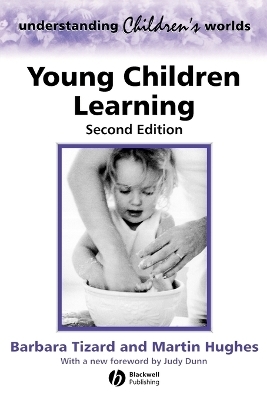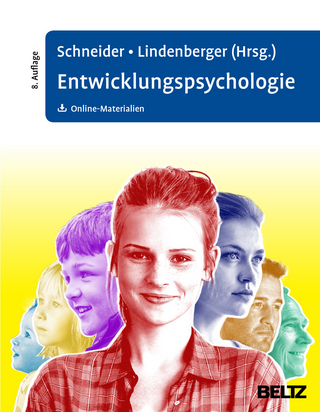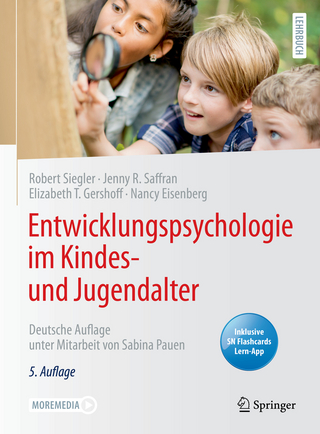
Young Children Learning
Wiley-Blackwell (Verlag)
978-0-631-23615-3 (ISBN)
This fascinating account of an unusual research project challenges many assumptions about how young children learn and how best to teach them. In particular it turns upside-down the commonly held belief that professionals know better than parents how to educate and bring up children; and it throws doubt on the theory that working-class children underachieve at school because of a language deficit at home. The second edition of this bestselling text includes a new introduction by Judy Dunn.
Fascinating account of an unusual research project challenges many assumptions about how young children.
Turns upside-down the commonly held belief that professionals know better than parents how to educate and bring up children.
Throws doubt on the theory that working-class children underachieve at school because of a language deficit at home.
The authors' evidence is the children's own conversations which are quoted extensively and are delightful.
The second edition of this bestselling text includes an introduction by Judy Dunn.
Barbara Tizard is Emeritus Professor at the Institute of Education, the University of London, where she was formerly Director of the Thomas Coram Research Unit. All her research with children and young people has been concerned to provide a sounder basis for the decisions, practices and policies that help to shape their lives and their development. Her books include Adoption: A Second Chance (1970), Involving Parents in Nursery and Infant Schools (with Burchell and Mortimore, 1978), Young Children at School in the Inner City (with Blatchford, Burke, Farquhar, and Plewis, 1988), and Black, White, or Mixed Race? Race and Racism in the lives of Young People (with Phoenix, 1993). Martin Hughes is Professor in the Psychology of Education and Head of School at the Graduate School of Education, University of Bristol. He has researched and written widely on children’s learning of mathematics, reading and computers, on the relationship between home and school, and on the role of parents in their children’s education. Between 1991 and 1997 he directed the ESRC research programme on ‘Innovation and Change in Education: The Quality of Teaching and Learning’. He is the author or editor of several books, including Parents and their Children's Schools (with Wikeley and Nash, Blackwell Publishers, 1994), Perceptions of Teaching and Learning (1994), Progression in Learning (1995) and Teaching and Learning in Changing Times (with Desforges and Mitchell, 2000).
Foreword – Judy Dunn vii
Preface xiii
1. Why we studied children learning 1
2. How we carried out this study 11
3. Learning at home: play, games, stories and ‘lessons’ 22
4. Learning at home: living and talking together 54
5. The puzzling mind of the four-year-old 80
6. Working-class verbal deprivation: myth or reality? 107
7. An afternoon with Donna and her mother 132
8. How the children fared at nursery school 148
9. The working-class girls, including Donna, at school 179
10. The gap between home and nursery school 197
11. Young children learning 209
Statistical appendix 227
Notes 236
Index of children 241
General index 242
| Erscheint lt. Verlag | 3.1.2003 |
|---|---|
| Reihe/Serie | Understanding Children's Worlds |
| Verlagsort | Hoboken |
| Sprache | englisch |
| Maße | 152 x 229 mm |
| Gewicht | 399 g |
| Themenwelt | Geisteswissenschaften ► Psychologie ► Entwicklungspsychologie |
| Geisteswissenschaften ► Psychologie ► Pädagogische Psychologie | |
| Sozialwissenschaften ► Pädagogik ► Allgemeines / Lexika | |
| Sozialwissenschaften ► Soziologie | |
| ISBN-10 | 0-631-23615-5 / 0631236155 |
| ISBN-13 | 978-0-631-23615-3 / 9780631236153 |
| Zustand | Neuware |
| Haben Sie eine Frage zum Produkt? |
aus dem Bereich


